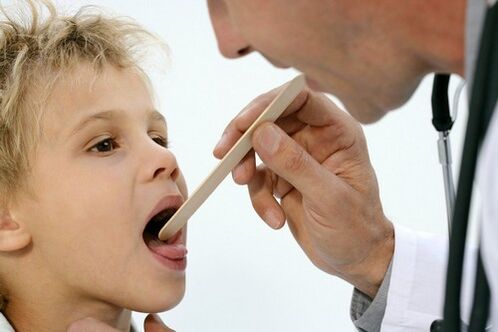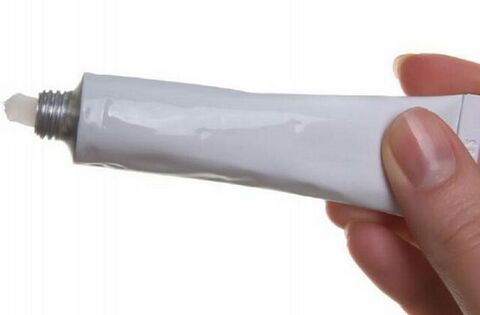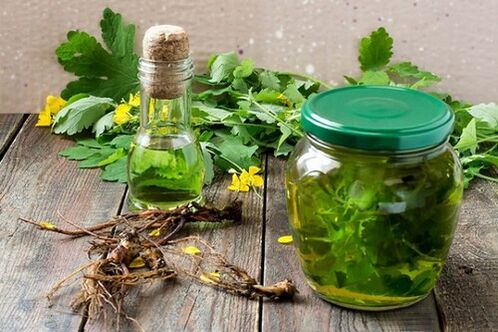Psoriasis is a disease that affects 2-4% of the world's population, according to WHO experts. The disease is characterized by the fact that only members of the white species suffer from psoriasis. Determining and treating the causes of psoriasis is one of the top priorities of modern medicine. Science is now a long way off on these issues, but the causes of the disease have not yet been fully recognized, just as they have not been able to find a way to completely cure the disease.

Causes of psoriasis
Physiologically, psoriasis is caused by too short a life cycle of skin cells. If this cycle is usually 21-28 days, then in patients with psoriasis the cycle lasts only 3-6 days. This causes the formation of psoriatic plaques. The cause of this phenomenon is mainly debated by experts. While some consider psoriasis to be a disease caused by hereditary factors, others believe that the disease is caused by a malfunction of the immune system that is a direct consequence of a number of external factors.
Today, there is a multifactorial theory among physicians that explains the occurrence of psoriasis for the following reasons:
- Heredity;
- Immune system disorders due to:
- Deferred infectious diseases;
- malnutrition;
- Alcohol abuse;
- Adverse climatic conditions.

However, absolutely all experts agree that psoriasis is not a contagious disease and is impossible to "catch" on the street like the flu or a sore throat.
Symptoms of psoriasis
Today, doctors consider psoriasis to be a systemic pathology, meaning that psoriasis is a complex pathology.
The very first signs of psoriasis are thought to be:
- A constant feeling of general weakness;
- Feeling tired;
- Common depression and depression.
These symptoms should be alarming. However, the clinical symptoms of psoriasis are manifested by skin lesions. In psoriasis, these are most often psoriasis plaques that appear suddenly on the patient's body. They may be small at first (a few millimeters), but can grow significantly over time (up to 10 centimeters in diameter).

Depending on the nature of the rash, psoriasis is usually divided into:
- Stain (the diameter of the plaques is small, does not exceed the diameter of the match head);
- Drop-shaped, in the size of a lens, but drop-shaped;
- Coin - shaped, round plates resembling a coin up to 5 mm in diameter.
The peculiarity of psoriasis is that plaques form on the plaques, which are very easy to remove. This is due to the fact that they are made up of cells from the keratinized epidermis. The scales first form in the middle of the plaque and then extend to the edges. Sometimes a pink ring is formed around the plaque, indicating the growth of the plaque itself. When the scales are removed, the skin remains a smooth, shiny surface that is pink due to the proximity of the location of the blood vessels (capillaries).
Classification of psoriasis, what does psoriasis look like (photo)
In most cases, doctors deal with psoriasis. However, in about 10% of cases, the manifestations of psoriasis also have other external signs that are clearly visible in the photo.
According to the external manifestations of psoriasis, the following forms are usually distinguished:
- Vulgar (common) psoriasis. It starts with knocking out small papules that range in size from the head of the match to the peas. Exfoliation occurs on these papules, and the papula develops into a typical psoriatic plaque. As a general rule, plaques have well-defined boundaries that allow them to become clearly visible compared to healthy skin. The plaque may itch. If the patient tries to remove a papule or plaque, peeling is observed. After removing the flakes, a smooth, shiny surface is visible. As you continue the scraping process, blood droplets, called "dew", appear very quickly;
- Psoriatic erythroderma. It is an extremely unpleasant disease, as it is a form of psoriasis, occurring in about 2% of people with this disease. Erythroderma manifests as severe itching, diffuse redness, and lamellar exfoliation. Psoriatic erythroderma is often associated with generalized pustular psoriasis and psoriatic arthritis. Often, infections such as streptococcal infections complicate the course of the disease. Sometimes erythroderma manifests spontaneously as early as the first stage of psoriasis. In some cases, erythroderma develops as a result of improper treatment of psoriasis;
- Pustular psoriasis. This form of the disease is characterized by the development of pustules that resemble small abscesses. With this flow, this form of psoriasis can be generalized and localized. In localized form, the pustules are located in the area of the sole and palm. In a generalized form, the patient's body temperature rises and there are signs of body poisoning. This form of psoriasis is very dangerous and can even be fatal;
- Psoriatic arthritis. Many experts distinguish it as an independent autoimmune disease. It appears in the form of an inflammatory process in the patient's joints and muscles;
- Nail plates are psoriasis. In some cases, common psoriasis affects the nail plates and then nail psoriasis is discussed. The defeat of nail plates by psoriasis is very similar to a fungal infection. As a result of the disease, the nail plate may deform and even disappear completely.

Psoriasis treatment
Modern medicine does not yet have a stockpile of tools for the complete cure of psoriasis, and there is still insufficient knowledge about the causes of the disease and its characteristics. Nevertheless, there are a number of medications in the arsenal of doctors that can significantly alleviate the manifestations of psoriasis and transfer it from the acute phase to long-term remission. When treating psoriasis, the doctor considers the patient's age, gender, lifestyle, and health, and only chooses a treatment strategy based on all of these factors.
Very often, the treatment of psoriasis begins with external therapy. These include:

- Salicylic ointment used at the moment the disease progresses;
- Hormonal medications that are prescribed when salicylic ointment is useless;
- Creams containing ditronate. They have an anti-inflammatory effect and help get rid of the symptoms of psoriasis fairly quickly.
But external therapy does not always bring the desired results. They then choose other treatment tactics and consider a systematic approach to be one of the most effective methods today.
Traditional medicine for the treatment of psoriasis
There are a huge number of traditional prescriptions for psoriasis. Many of them really help in the treatment of this disease. But don’t overestimate the possibilities of such prescriptions, as traditional medicine can be used as an adjunct therapy, but by no means as a means of primary treatment.
Probably the most common traditional remedy for psoriasis is celandine. Unfortunately, this method can only be treated in the summer when finding celandine is no problem. The essence of the method is that it affects the plant fluids on the plaques. It is sufficient to simply break the stem and direct the drops on the skin affected by psoriasis on this fracture. This must be done every day for three months. The maximum effect of treatment is thought to occur in the third year of treatment.

In second place in popularity is birch tar, which is simply spread over the affected surface for one hour. Alternatively, the use of celandine juice after such application of tar is recommended. The duration of treatment in the first and second cases is 15 days.
Egg-based ointment is very popular in the treatment of psoriasis. To prepare, take two raw eggs, mix with sunflower (olive) oil and beat. Then add half a tablespoon of vinegar to the resulting mixture. Apply the affected areas once a day with the mixture. The mixture itself is stored in a dark and cool place.
It helps very well with the aggravation of psoriasis and the bath to which the nutshell decoction is added. For a bath, you need to cook a shell of half a kilogram of walnuts. The bath should be taken for up to 15-20 minutes at 37 degrees. We recommend that you take ten baths with breaks in one day.
Diet for psoriasis
According to many experts, proper nutrition in psoriasis is extremely important to avoid prolonging the disease. It is believed that the essence of the diet is to maintain an acid-base balance towards the alkaline component. So 70-80% of the products should be alkaline and only 20-25% should be acid-forming.
The alkali generators are:
- Fruit (excluding blueberries, currants, plums and grapes);
- Vegetables (excluding pulses, brussels sprouts, pumpkins, potatoes, tomatoes, peppers and aubergines).

Acid-forming products are commonly referred to as:
- Starch;
- Cheese;
- Sugar;
- Meat
- Butter;
- Cream.
Therefore, the diet of patients with psoriasis should include:
- water (at least 2 liters per day);
- Fresh, steamed fruit (canned fruit is not desirable). Apples, dates, figs, apricots, oranges, peaches, raisins are recommended;
- Vegetables, fresh or cooked. Recommended beets, cucumbers, lettuce, carrots, celery, spinach, zucchini, watercress, cabbage.
- Cereals (small quantities). Recommended are buckwheat, wheat, barley, millet porridge and baked goods made from rice and corn flour;
- Low-fat fish, four times a week;
- Poultry (chicken), two to three times a week. It is permissible to give a sick young mutton once a week;
- Milk (the best lean);
- Soft-boiled eggs two to three times a week;
- Vegetable oil 3 teaspoons daily.

Prophylaxis
And while there is no way to prevent psoriasis, there are ways to significantly reduce the manifestations and maximize the remission phase.
To do this, you need:
- Take care of your skin and keep it moist;
- Exposure to excessive cold or warm air should be avoided;
- Reduce the likelihood of skin surface damage;
- Quit alcohol and smoking;
- Every disease comes from a nerve, so you need to minimize the effects of stress and try to be in harmony with yourself and the world around you.























